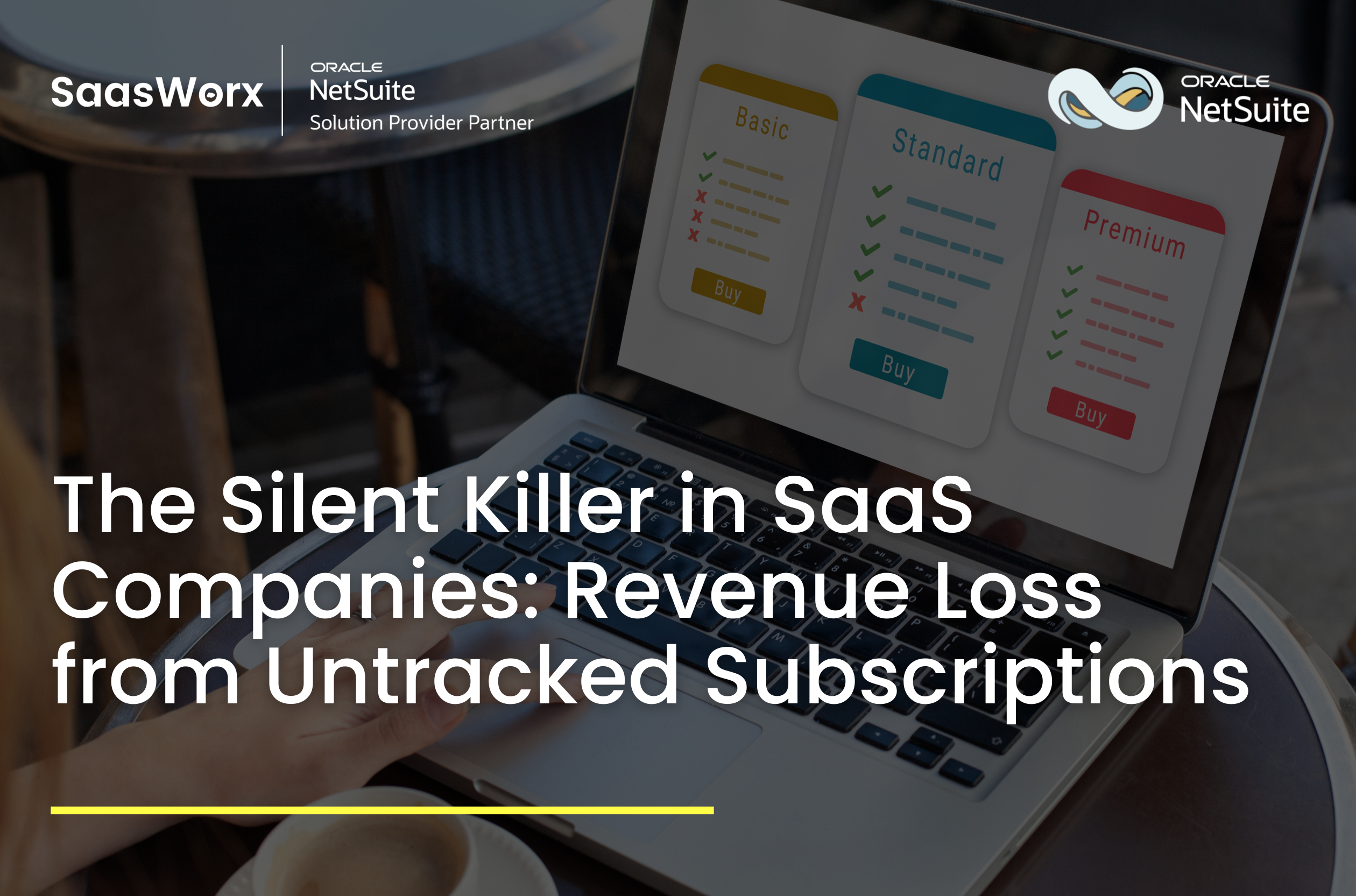

In today’s fast-moving market, many companies – from startups to large enterprises – rely on dozens of cloud apps and subscription services. Yet without a clear system to track them, hidden costs quietly pile up. Analysts estimate that over 30% of SaaS budgets are unmanaged or hidden. In India alone, the SaaS sector is booming (recent reports put its revenue at $15B ARR), so every rupee of waste matters. Revenue leaks from untracked subscriptions often fly under the radar until budget reports show the damage. This stealth drain can quietly eat 5–10% of revenue in SaaS firms.
An untracked subscription is any paid cloud service or software license used by the business without central oversight. This often happens when teams or individuals sign up on their own (a form of “shadow IT”). For example, a marketing team might buy a design tool subscription on a corporate credit card, or a developer might start a free trial of a monitoring service that quietly auto-renews. Common scenarios include:
These practices lead to shadow IT spend – software costs IT and finance teams never approved. In fact, one study finds “in 2025, over 40% of SaaS spend is outside the purview of IT and finance teams”. Without visibility, these subscriptions go unmonitored (and unpaid at the negotiated rates), eroding the company’s bottom line.
Untracked subscriptions directly waste money. Every unused or duplicate license is a cost with no ROI. Industry research paints a stark picture:
These costs aren’t always obvious. A finance head might assume subscriptions end when a project stops, only to find recurring charges for unused tools. Cumulatively, “small leaks” add up to major losses. One report notes that fixing even half of this leakage can transform the bottom line.
Beyond direct costs, untracked subscriptions weaken negotiation power. When vendors see multiple small contracts instead of one large enterprise license, they win less discount. And unexpected charges can bust budgets at quarter-end, causing frustration.
Real-World Example: Urban Company, a large services platform in India, had scattered SaaS purchases tracked only in spreadsheets. After centralizing their subscriptions with a management platform, they gained 100% visibility into usage and saved over 16% on SaaS spending. This freed up funds for growth instead of waste.
Businesses see warning signs when subscriptions run wild. Some red flags include:
Studies confirm how common these issues are. For instance, Zylo’s 2023 report found companies waste half of what they pay for SaaS, largely on unused licenses. It also found that 67% of firms cite employees buying software on expense cards as a major challenge. In short, a lack of visibility creates easy money leaks. As one guide notes, shadow IT “can lead to untracked expenditures as subscription costs accumulate unnoticed”.
The good news: this revenue drain can be stopped. Follow these steps to catch hidden subscriptions:
By following these practices, businesses convert stealth spending into visible, controllable costs. In one case, a healthcare provider cataloged 60 unapproved cloud tools and consolidated them, reclaiming 20% of its SaaS budget. In another, a global retailer’s IT optimization service uncovered over $5.5 million in wasted SaaS spend. These saved millions simply by bringing light to hidden subscriptions.
Untracked subscriptions are a quiet but powerful killer of revenue. In fast-growing SaaS markets (like India’s, which is growing ~24% annually), efficient spending makes the difference between profit and loss. Remember: high-growth SaaS firms have 70–85% gross margins, so cutting a few percentage points of waste directly boosts the bottom line.
Every startup and enterprise should treat subscription management as a core process, not an afterthought. When billing systems miss usage or departments buy in isolation, your company effectively gives away services for free. Even small leaks add up over time – one guide warns that even minor revenue leakage can “seriously erode your financial stability”.
The fix is proactive visibility. By auditing expenses, centralizing control, and using automation, firms take back tens of thousands (or millions) in otherwise lost funds. As one finance report noted, technology solutions often pay for themselves quickly: “If you’re losing 5–10% of revenue to leakage, plugging just half the gap can transform your bottom line”.
Your tools and subscriptions should drive growth, not drain your budget. Treat untracked subscriptions as a business risk, not just a technical issue. With the right processes (and, if needed, expert help), you can stop the silent bleeding and make every subscription dollar count.
About SaasWorx: SaasWorx is an AI-first consulting firm focused on digital and data transformation. We partner with leaders like Salesforce, Snowflake and Oracle NetSuite to help startups, SMBs and enterprises unify their finance and IT systems. Our team guides clients through cloud spend audits, SaaS management platform implementation, and subscription billing integration. The result: no hidden apps, no secret costs, and revenue firmly in your control.